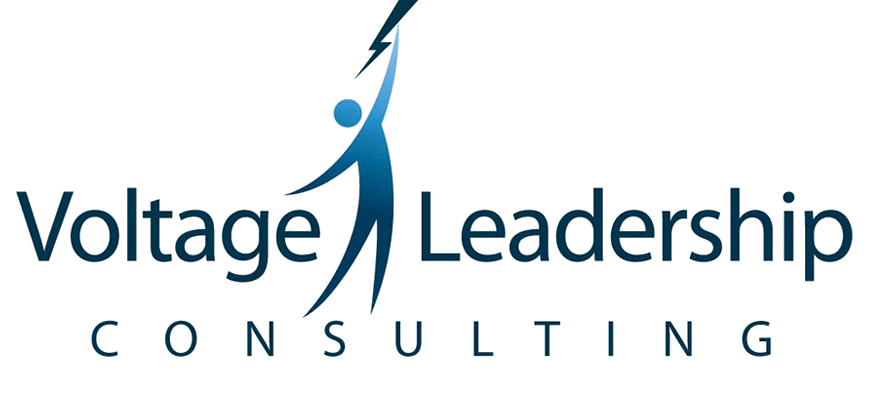Team Work Cycle: An Overview
Have you ever been on a team that jumps from brainstorming to execution in like 3 seconds? Have you ever felt like the team gets bogged down in the details of the plan and stays there for like 2 weeks or 2 years? If so, this blog will introduce to a tool we use to help teams understand the phases that a team goes through. The tool also helps individuals recognize their strengths and how to work on a team most effectively. However, working on teams is a challenge and will require a ton of work. This tool will help get you aligned and hopefully performing at a higher level.
Team members learn that there are different parts besides the part they like to complete a project. There are 4 phases, people generally prefer 1 or 2 phases. Knowing where you are comfortable helps you learn if you avoid or overuse a particular phase. It helps if you are a leader and devalue a phase- this usually is a big deal if you don’t plan around it. Every phase is important if you want a good work product.
TWC works with any team. Front line, mid-level managers, and executive teams!
The assessment will take individuals in a team move through different phases of the Team Work Cycle as they try to accomplish a task or solve a problem.
The phases of teamwork require equal amounts of time and energy for any given task. Ideally, each task proceeds sequentially through the phases without skipping phases or backtracking. If any phase is given less focus than another, the desired end results might be jeopardized.
Here are the 4 phases of the Team Work Cycle:
1) Initiation
• Defines the Task
• Identifies and recruit resources
• Finds ways for all to contribute
• Encourages sharing of ideas, talents, experiences and expertise
• Facilitates positive, collaborative work environment
2) Ideation
• Generates alternative approaches
• Finds novel solutions
• Reviews useful experiences
• Sees possibilities
• Stimulates creativity
3) Elaboration
• Develops plans, budgets, timelines, flow charts, etc.
• Shapes ideas into concrete structures
• In touch with realities of the task
• Develops work plans utilizing people’s strengths, talents and experience
4) Completion
• Follows through
• Patience and persistence
• Conscientious
• Keeps team on track
By knowing and understanding this data, individuals can be aware of where they have a tendency to slow down on the process and if building a team, a leader can focus on balancing the group in order to effectively complete projects. If anything, it is less important for executive leaders but it matters if they overuse or devalue because that has implications on the overall group.
I use this instrument even though it’s still pen and paper because it successful shows people how to complete the phases of a work project. I use this on individual and executive coaching to help clients understand how they work, what they value, and how that impacts their success.
For example, I am strong in initiation and ideation, a moderate performer when it comes to completion, while weak and actively avoid elaboration. I spend most of my work as a business consultant in my initiation and ideation phase which is great, but if I don’t pay attention to planning and elaborating then I am not successful with projects concerning my own business. The Team Work Cycle has helped me understand that I have the right typology for my job but limiting for getting work done in my own business.
If you have more questions, or would like the opportunity to use this assessment with your team, please reach out to @Erin@voltageleadership.com.
